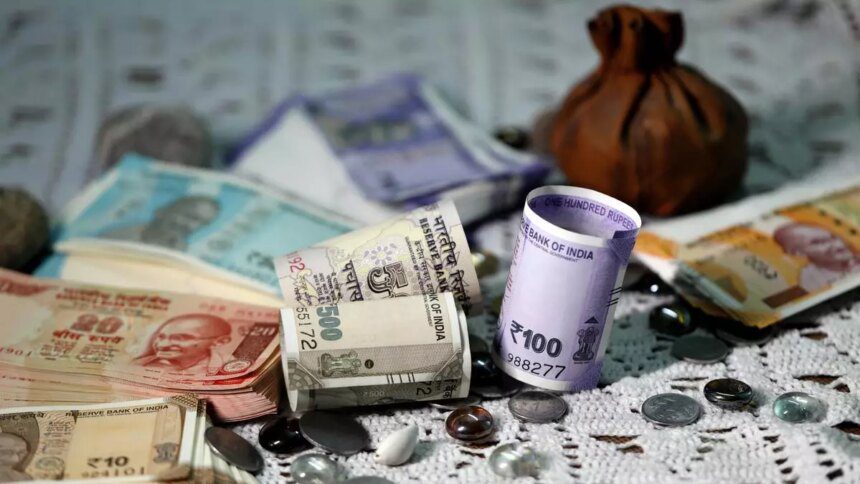Foreign exchange reserves are a crucial indicator of a country’s economic strength and stability. India’s foreign exchange reserves have been on a downward trend for the past three months, declining by $4.112 billion in the week ending December 27, 2025. This marks a continued slide from its peak of $704.89 billion in September, with the current reserves standing at $640.279 billion, about 10% lower than the peak.
The decline in reserves is attributed to RBI intervention aimed at preventing sharp depreciation of the Rupee. The foreign currency assets (FCA), the largest component of forex reserves, currently stand at $551.921 billion, while gold reserves amount to $66.268 billion.
Despite the decline, India’s foreign exchange reserves are sufficient to cover approximately one year of projected imports. In 2023, India added $58 billion to its reserves, contrasting with a cumulative decline of $71 billion in 2022. In 2024, the reserves increased by over $20 billion.
Foreign exchange reserves are typically held in reserve currencies such as the US Dollar, Euro, Japanese Yen, and Pound Sterling. The RBI closely monitors the forex market, intervening to maintain market stability and curb excessive volatility in the Rupee exchange rate.
Over the years, the RBI has strategically managed forex reserves to enhance the appeal of Indian assets to investors. This has contributed to making the Indian Rupee one of the most stable currencies in Asia, from being one of the most volatile a decade ago.
In conclusion, while the decline in foreign exchange reserves may raise concerns, India’s reserves remain robust and are managed strategically by the RBI to ensure economic stability and investor confidence.










